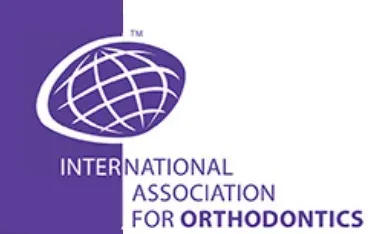October’s Tip

The Utility Arch, Part III
By Dr. Adrian J. Palencar, MUDr, MAGD, IBO, FADI, FPFA, FICD
October 2023
Utility Arches activated in sagittal plane.
1. Extrusive – Retrusive, after the Passive Utility Arch is fabricated, it should be inserted into the maxillary or mandibular tubes, to evaluate the parallelism and the tip of the molars. The 30° – 45° tip-forward (gable bend, “V” pointing apically) in front of the molar tubes precipitates:
- Small extrusion and lingual moment (up-righting) on the incisors
- Large intrusion and mesial moment (tipping) on the molars, this renders the dental arch shorter, the arch wire should be annealed and bent-back (cinch) distally to the molar tube.
Also, there should be about 15° – 20° toe-in bent in front of the maxillary molar tubes (not in the mandible), to disto-rotate the molars. The amount of the applied force should be measured with the Gram gage (do not exceed 70 grams).
2. Extrusive – Protrusive, the bends are the same, however, follow the protocol of the Protrusive Utility arch in the August IAO Monthly Tip.
The author very seldom constructed and placed Extrusive Utility Arch because it shortens the dental arch. The obvious application would be a case with an anterior open bite with excessive spacing.

References:
- Rondeau Seminars, Level I, Session 3; 136 – 161
- Journal of Clinical Orthodontics, Volume LVI, Number 12; 716 – 724
- Palencar A. J., Case Finishing and Mechanics, 152 – 156
- Palencar A. J., Personal PP presentations
